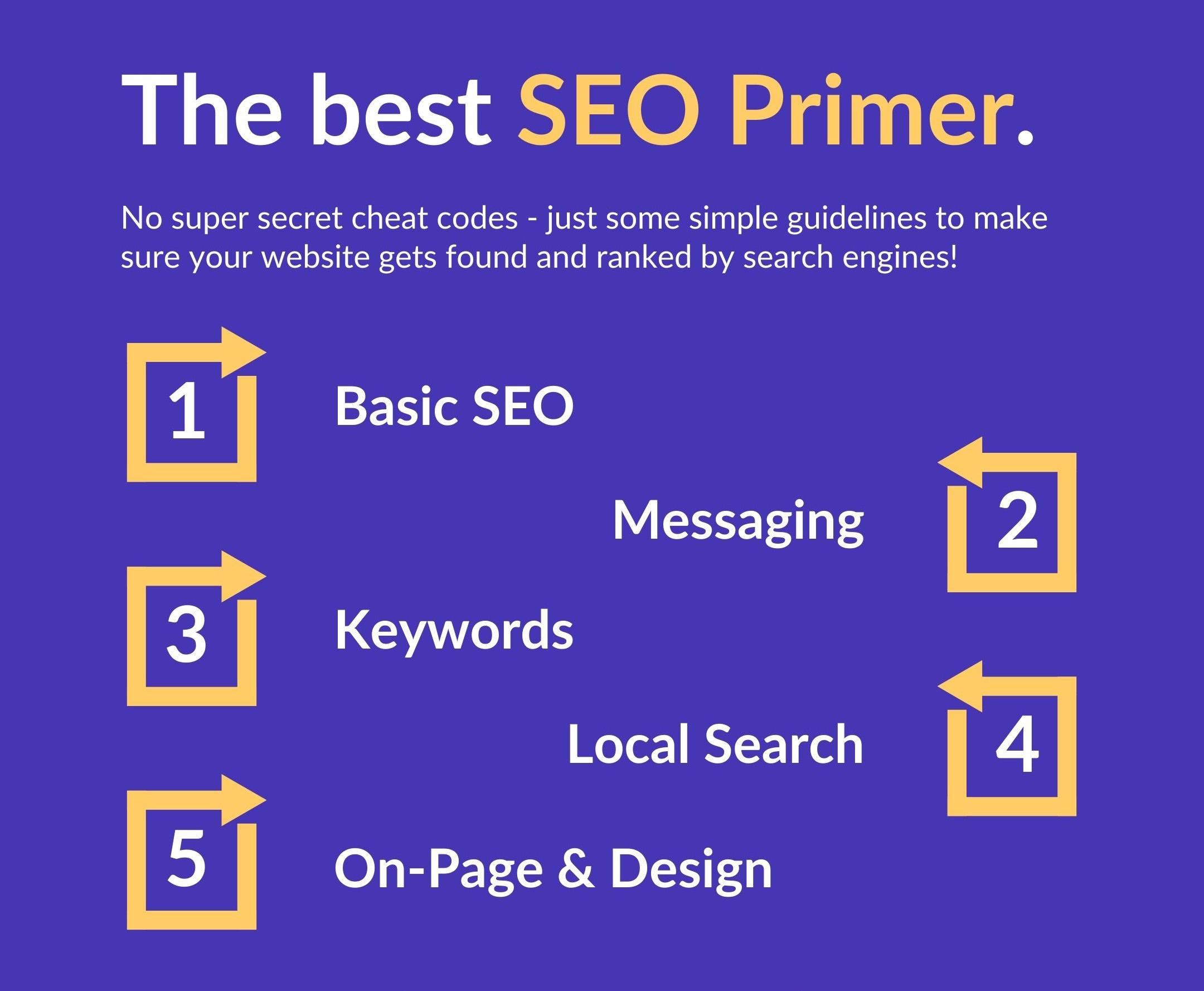The business value of an image CDN has been acknowledged by the online industry over the last year. Google recommends image CDNs on a general basis, but it’s also required to achieve good SEO when core web vitals performance are included in the ranking algorithms.
Moreover, the web development community has acknowledged that images should not be treated as static content and that responsive images approaches alone are not enough to ensure a great user experience.
With this in mind, we’ve been busy making the smartest image CDN in the business even smarter.
Better global coverage
Unlike most other image CDNs, ImageEngine operates its own CDN. ImageEngine does not rely on third party CDNs for caching. We have upgraded our image CDN’s network architecture so that it communicates between global locations more efficiently and much faster. We’re utilizing the back-bone network to shorten the distance between the different components in ImageEngine.
The leaner network architecture also enables the ImageEngine network architecture to be customized and optimized for maximum performance for individual sites based on actual usage patterns.
As a result of this, we’re also able to keep costs low for our premium customers.
More efficient cache management
Along the same lines as a state of the art global coverage, an efficient cache management is crucial for an Image CDN. Especially for ImageEngine which may produce 5-10 different variations of the same origin image based on device, browser and network capabilities, an efficient cache is key.
Most other CDNs will experience cache pollution trying to mimic the unique ImageEngine cache strategy. On average ImageEngine is shielding the origin of 99.4% of the traffic. In the 0.6% of the cases where ImageEngine will pull the image from the origin, the operation is 50% faster.
In 97% of the cases globally, we serve an optimized version of the image. All with a very healthy and performant cache.
For you as a customer, onboarding several terabytes of traffic might be nerve-wracking. We’ve also made improvements to our cache system so that it’s safer and smoother to flip the switch. For example, if enabled, ImageEngine will initially serve the origin image until there is an optimized version of the image available. This feature makes sure the end users are served quickly at the same time as it makes sure the optimization components in the network get to do their job thoroughly to make sure the optimized image has the great quality ImageEngine is known for.

Look no further for your SMB SEO Guide - this is the only one you'll need.
Better and faster image compression
More speed. As network architecture and cache management is important for an image CDN, the core of ImageEngine is really how images are optimized and adapted. We’ve spent a lot of time making this process faster and better. In the entire system, the median rate of payload reduction per image has improved from around 60% to around 70%.
Despite this significant improvement in payload reduction, the visual quality of the image is maintained. ImageEngine monitors the visual quality by computing a Structural Similarity Index (SSIM) by comparing the origin image to the optimized image. The SSIM helps ImageEngine to determine if the optimized image has good enough quality so that the human eye can’t spot the difference compared to the original.
We have improved the way SSIM is implemented in ImageEngine to make sure the quality of optimized images is not compromised.
AVIF support
Speaking of images and compression. With Safari 14 supporting WEBP, you might think that this would be the best format across browsers. But now, AVIF has landed in Chrome and soon Firefox. Going forward, using an Image CDN that supports AVIF is critical.
Several independent articles demonstrate huge savings and benefits of AVIF even compared to WEBP.
With ImageEngine you can enjoy state-of-the-art AVIF image optimization. Customers automatically receive AVIF conversion when ImageEngine starts supporting specific browsers.
Artificial intelligence and machine learning
Like mentioned in the introduction, images are not static content and can be optimized along many dimensions. ImageEngine is the leading image CDN when it comes to dynamically and automatically optimizing images along these dimensions.
With the latest upgrades to ImageEngine, we’ve taken a big step towards more advanced use of artificial intelligence and machine learning. AI/ML is definitely a moving target, but with the foundation we’ve implemented now, AI/ML can gradually improve how images are delivered by ImageEngine?
Both on a network level and processing level, ImageEngine is poised to continue to be the leader in a world where images are dynamically optimized using advanced artificial intelligence and machine learning.
